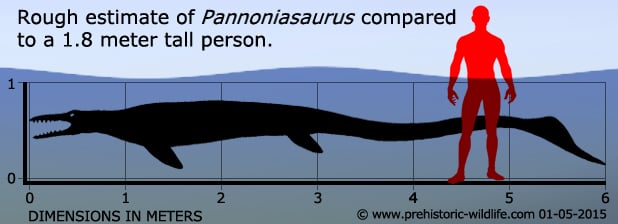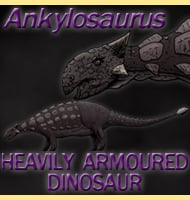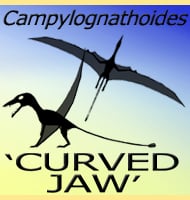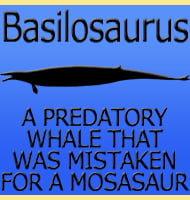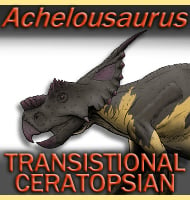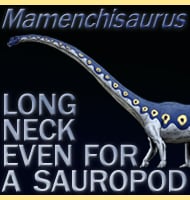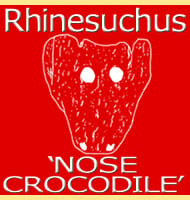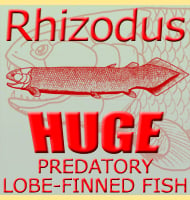In Depth
The holotype specimen of Pannoniasaurus was first discovered in 1999, and finally described to science as a new genus of mosasaur in 2012. This description made history in the field of mosasaur research as it marked the first time that a mosasaur had been found in a freshwater deposit. Before this discovery, mosasaurs had only ever been found in marine (salt water) deposits.
This discovery confirmed an idea that many people had already had about mosasaurs. Being reptiles, they were air breathers with lungs, and not gills like fish, and so moving from salt to freshwater should have offered no problems in terms of respiration. The only real difference between fresh and salt water is that fresh water does not offer as much buoyancy as salt water, so a Pannoniasaurus (and other marine reptile) in freshwater may have had to expend a little more energy in swimming and reaching the surface.
The Pannoniasaurus holotype was found in an area that during the late Cretaceous was a river basin, and while this confirms that this individual Pannoniasaurus was in freshwater at the time of its death, it does not necessarily mean that this genus of mosasaur was restricted to this river system. This individual may have been an occasional visitor, or attracted upstream by the smell of a carcass of a dinosaur that had drowned upstream, or perhaps have been washed into the river by a storm surge, we simply do not know yet how. It is still quite probable however that Pannoniasaurus could have also ventured into the sea, perhaps hopping along coastlines from one river system to the next. This is not that farfetched an idea, in modern times the saltwater crocodile (Crocodylus porosus) is documented as venturing cross Southeast Asia, swimming across hundreds of miles of open sea to reach new hunting grounds.
Further Reading
- The first freshwater mosasauroid (Upper Cretaceous, Hungary) and a new clade of basal mosasauroids. - PLoS ONE 7(12):e51781. - L. Mak�di, M. W. Caldwell & A. Osi - 2012.
